Taxonomy can be one of the most confusing parts of biology to those who haven’t had years of training.
Every organism has so many classifications and fits into so many different categories, it becomes very difficult to know which words mean what and apply to which animals.
Ungulate is one such classification—but are goats ungulates?
So, yes, by any measure, goats are indeed ungulates.
They are hooved animals that digest cellulose using specialized bacteria, as well as having many of the other common characteristics of ungulates.
As I said, though, these terms remain confusing to say the least, so let’s look further into this.
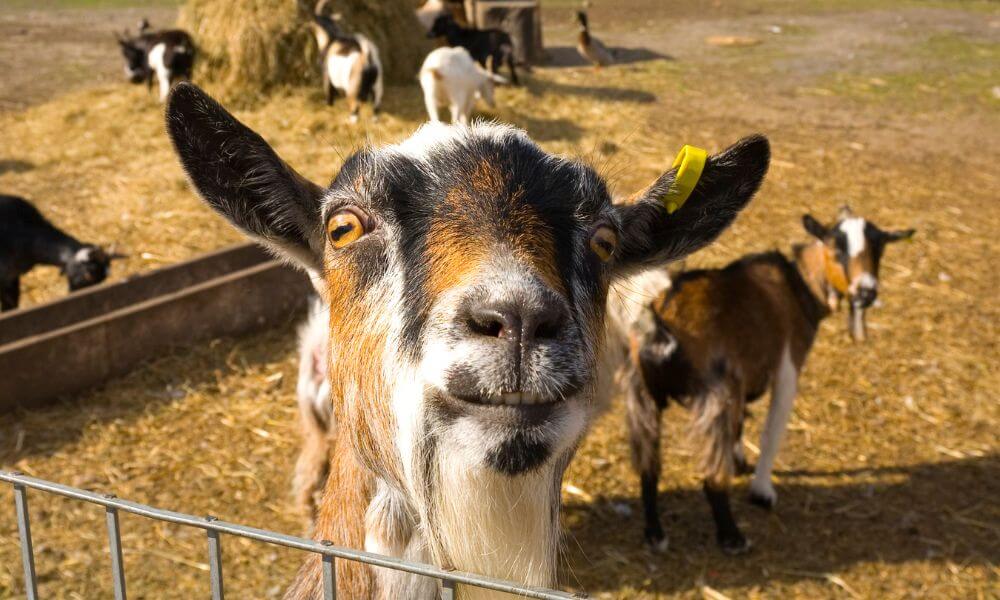
What is an ungulate?
Firstly, let’s define what an ungulate is.
As far as the direct, dictionary definition of the word, all it means is a hoofed mammal.
There are, of course, many other common characteristics.
They are typically herbivorous.
They generally are quadrupeds, meaning they have four legs.
They are also part of a group formerly considered an enormous mammalian taxonomic group, the Ungulata.
This classification has largely been replaced by the modern understanding of ungulates, though, and Ungulata is not and perhaps never was considered a formal classification.
Importantly for our purposes, though, the Ungulata family was distinguished on the basis of the difference between nails and claws, and hooves.
It was one of effectively three major mammalian taxonomic groups: cetaceans (aquatic mammals like whales and dolphins), Ungulata, and unguiculata, mammals with nails or claws.
There are a variety of reasons these taxonomic groups fell out of favor.
Not least was the fact that cetaceans evolved from even-toed ungulates, and are thus classified in the same taxonomic branch.
A species cannot outgrow its evolutionary ancestry, in classification terms. Cetaceans, then, are still considered ungulates.
You also have both odd-toed and even-toed ungulates, referring to the number of distinct “toes” the animal has.
Goats, for instance, are even-toed ungulates, having two toes.
Odd-toed ungulates have an odd number, such as hippos, horses, and tapirs.
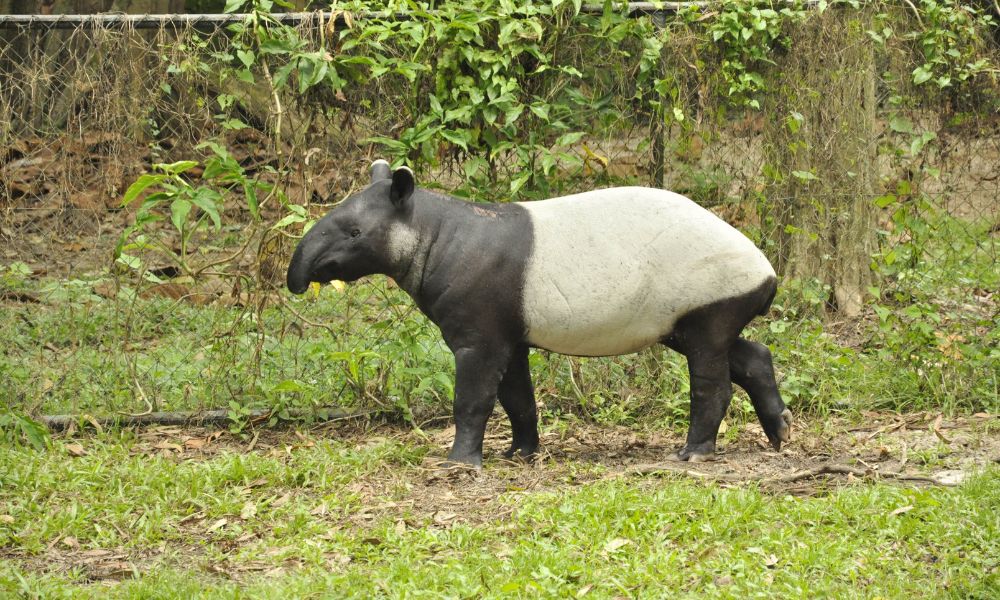
It’s also about where they bear the weight—goats bear their weight equally on two of their five toes.
So, with a bit of confusion due to the evolutionary origin of cetaceans, land-based ungulates are just hoofed mammals.
Let’s look at goats more closely.
Are all kinds of goats ungulates?
Yes, they are.
But let’s just clear up what we mean by all kinds of goats.
You have the domestic goat, then many species of wild, goat-adjacent animals, like mountain goats, ibexes, and markhors.
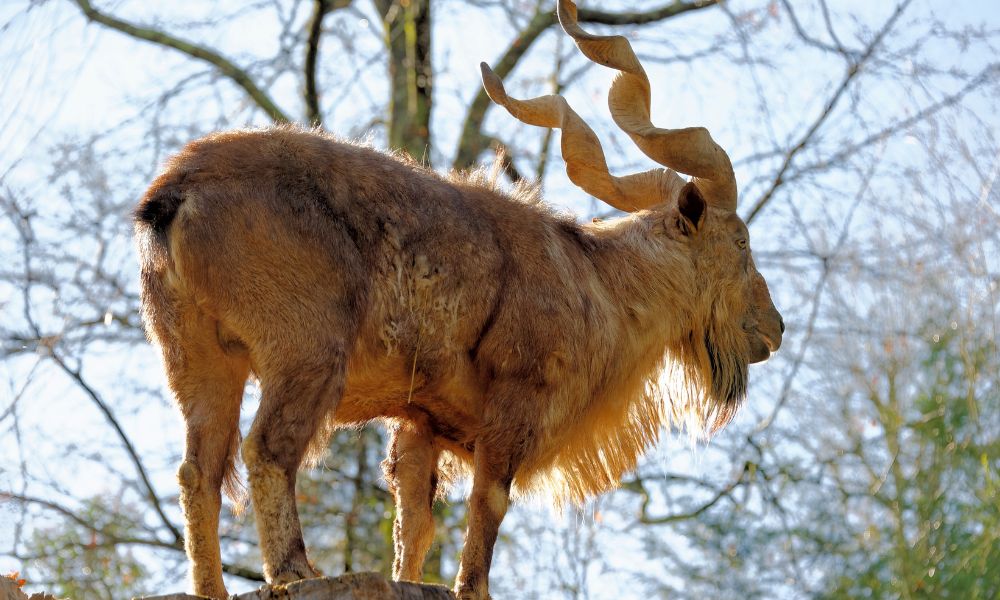
All of these, domestic goats included, are ungulates.
Indeed, they are all even-toed ungulates, bearing their weight on two of their toes.
This classification is also known as Artiodactyl, including giraffes, bison, and many other hoofed mammals and cetaceans.
Though domestic goats, mountain goats, and markhor are not in the same taxonomical subgroups, they are all ungulates, with the characteristics and evolutionary heritage needed to fit this classification.
So, if you have a goat of your own at home, then you’ve got an ungulate yourself!
What animals are considered ungulates?
Many, many animals fall into this category.
The term ungulate is known as a clade, or grand order of mammals.
A clade is a group of organisms that is believed to include all the evolutionary descendants of a single species or ancestor.
We would fit into the great ape clade, for example.
So, the category consists primarily of large mammals with hooves.
Horses, rhinoceroses, tapirs, cattle, pigs, camels, sheep, deer, giraffe, and hippos.
All of these animals are hooved—even hippos.
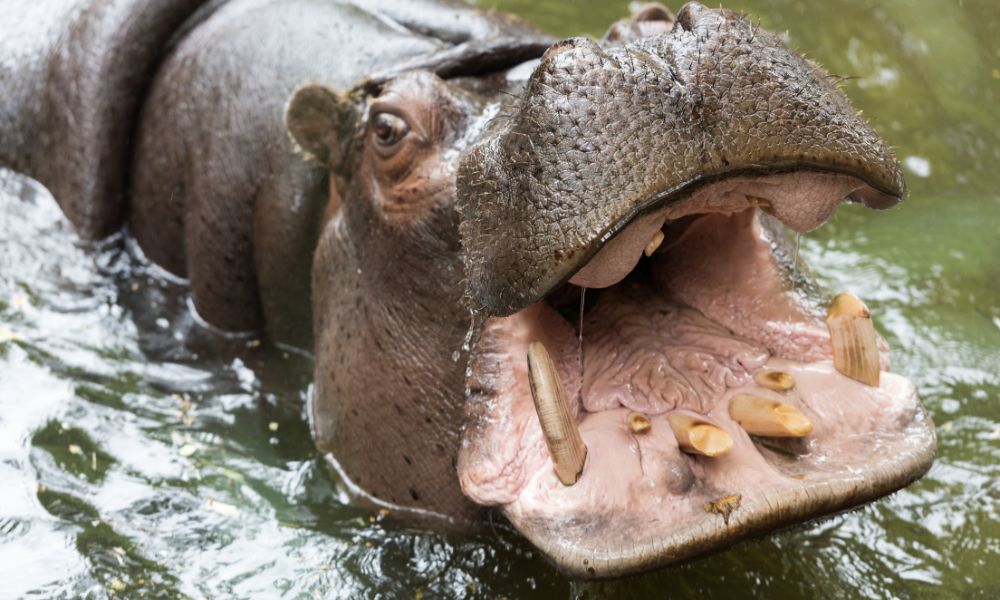
They are ungulates of broad description.
As I said, though, the confusion often comes in the inclusion of the cetaceans.
But now that you understand the idea of a clade, this should make a bit more sense to you.
Modern cetaceans are descended from animals in the same category as all other ungulates.
Thus, to form a proper clade, they must be defined as ungulates.
This also includes things like dugongs and manatees.
Elephants also have hooves and are thus considered ungulates.
As you can see, ungulates is an extremely broad category, including all kinds of goat.
But are all hoofed animals ungulates?
Are all hoofed animals ungulates?
Yes, they are.
Ungulate means any mammal with hooves and given that mammals are the only taxonomic group to have hooves, all hooved animals are ungulates.
There are no exceptions, even though not all ungulates are hooved animals.
All goats are ungulates, and all goats have hooves.
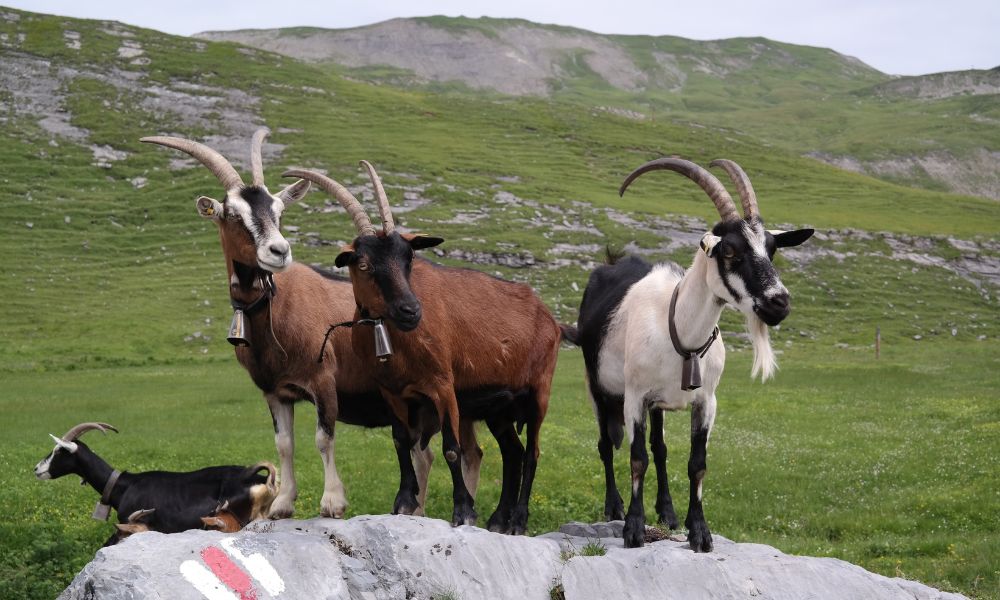
They are also ruminants, meaning they chew their cud—that is, chew food, swallow it, then regurgitate it and chew it again.
But these categories are not mutually exclusive.
Goats are both ungulates and ruminants, as are many other species, like deer and antelope.
So, all you really need to know is that goats have cloven hooves with even toes, and have a specially adapted gut for breaking down their plant diet.
Ungulates comprise a wide range of animals, many of that do not even have hooves in the sense we would necessarily understand it.
Goats are firmly in the category, though, by all the simplest metrics—so that one should be easy enough to remember.
